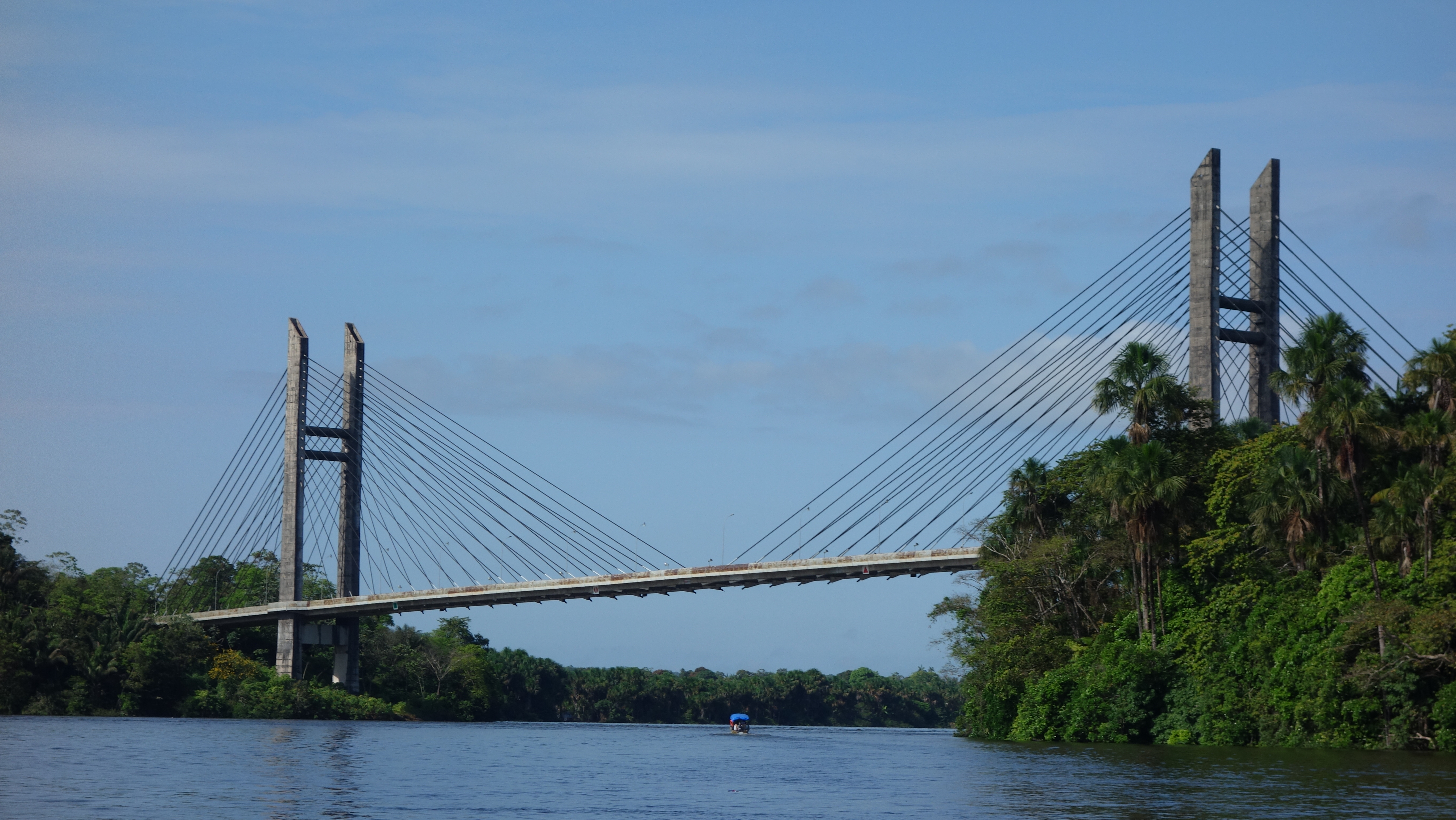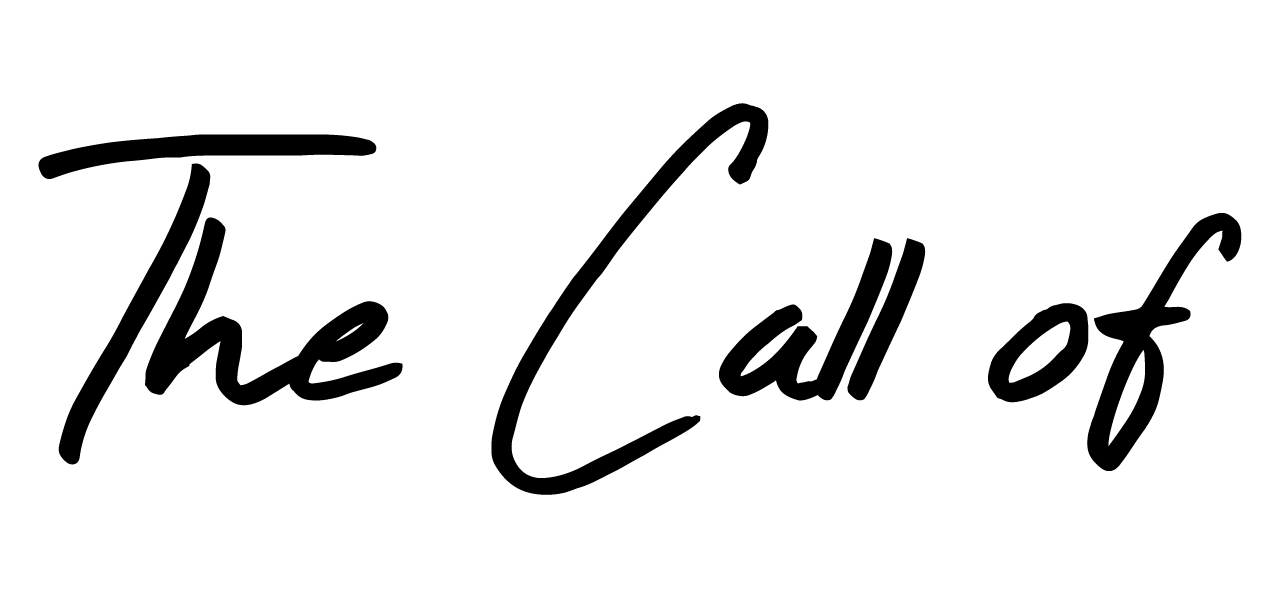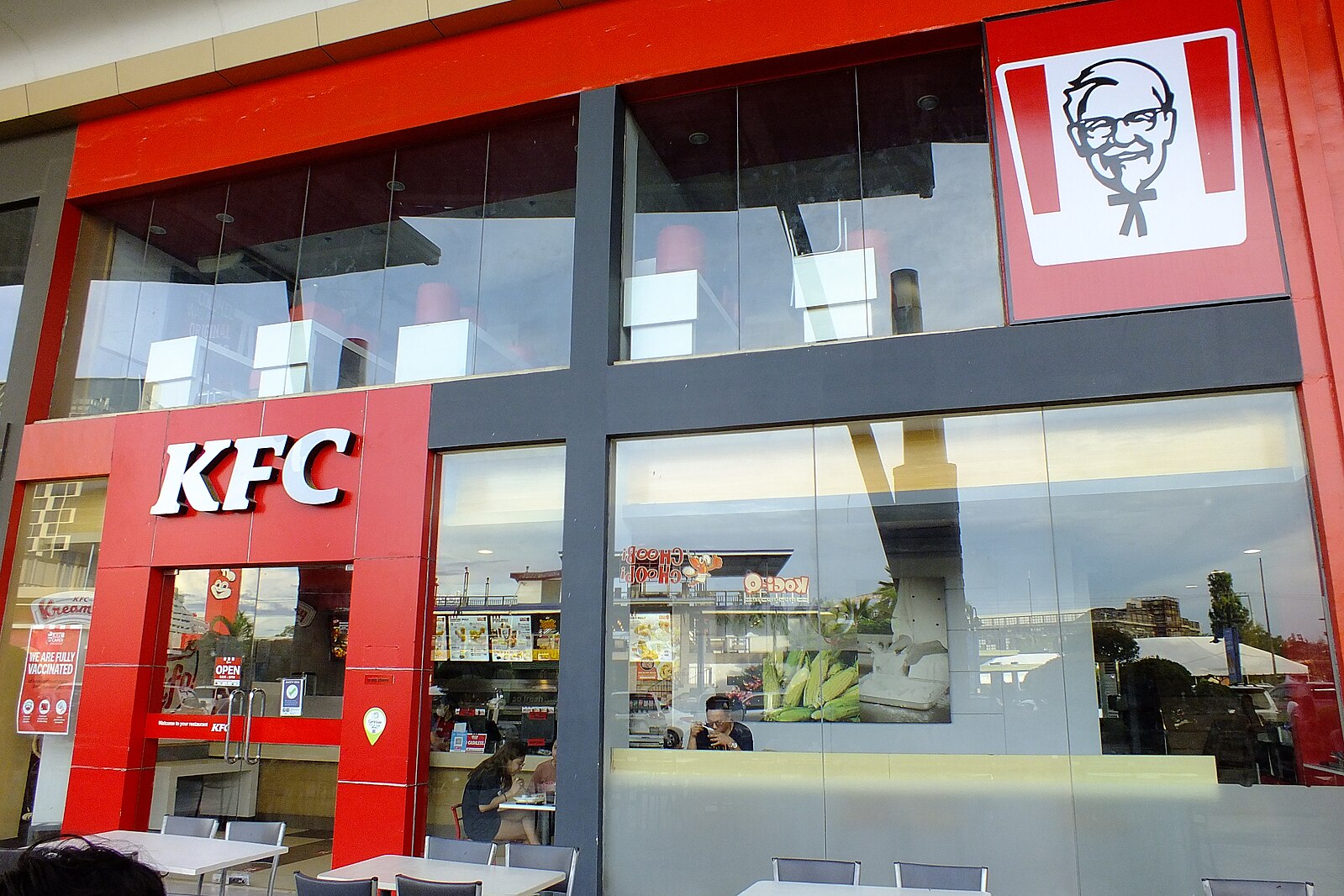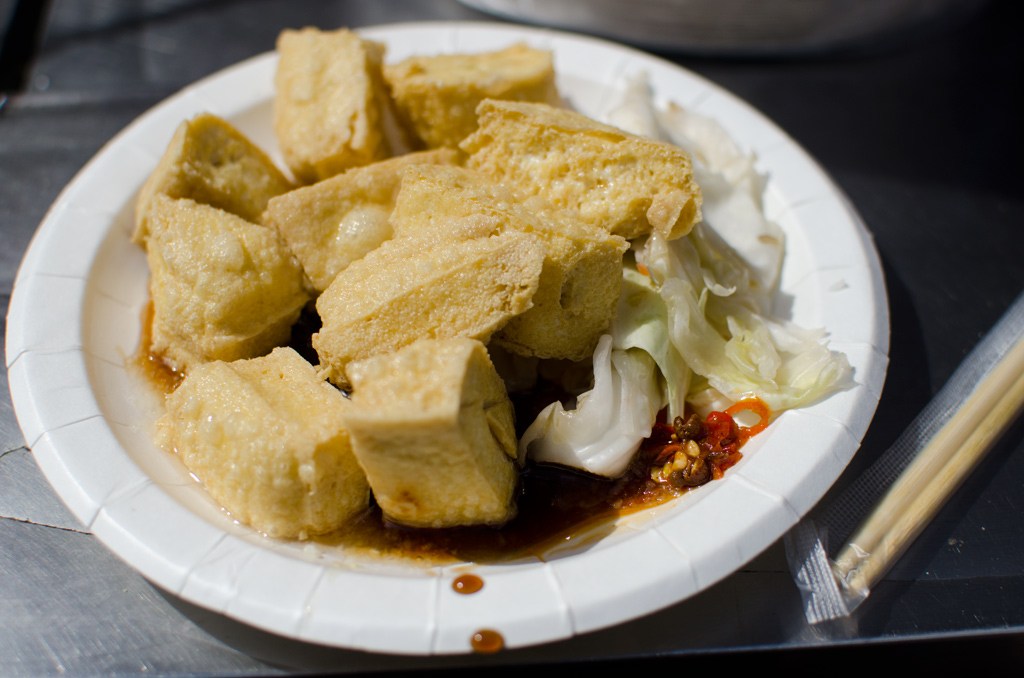Borders aren’t just lines drawn by politicians with rulers and too much caffeine. They’re the world’s most honest storytellers, whispering tales of power, hope, and human stubbornness. For many travelers, crossing these boundaries now also means navigating phone privacy concerns that have become a real part of the international experience. From runways that slice through nations to libraries where your left foot stands in one country and your right in another, these boundaries expose the beautiful, messy reality of our world. Ready to discover the edges where history got weird?
15. Netherlands-Belgium Border: The World’s Most Confusing Jigsaw Puzzle

Baarle-Nassau and Baarle-Hertog created the world’s most complicated postal delivery system. This border consists of 22 Belgian enclaves inside Dutch territory, with seven Dutch counter-enclaves inside some Belgian enclaves. Mail carriers need GPS and a history degree.
The border runs through houses, meaning your kitchen might be in the Netherlands while your bedroom sits in Belgium. Different national laws affect taxes, zoning, and business hours depending on which side of your property you’re standing on. It’s geography as performance art.
14. China-Nepal Border: Where Mount Everest Plays Favorites

Mount Everest’s summit marks an international border, but the climbing experience depends on which side you choose. Nepal’s southern route offers a two-week trek through Sherpa villages, providing economic opportunities to local communities. China’s northern route involves flying to Lhasa and driving to base camp—efficient but offering little benefit to locals.
The 2020 joint confirmation of Everest’s height at 8,848.86 meters settled previous measurement disputes. China’s heavily restricted base camp contrasts with Nepal’s more open approach, creating two different philosophies about accessing the world’s highest peak. Sometimes the same mountain tells different stories.
13. South Africa-Lesotho Border: The Kingdom in the Sky

Lesotho exists entirely above 1,000 meters, earning its nickname “Kingdom in the Sky” Cross this border and you’re literally driving into a different climate zone. The Sani Pass serves as one of the world’s most dramatic border checkpoints, where altitude dictates destiny.
Temperatures drop, air thins, and perspective changes as you ascend into this mountain kingdom. The border reminds you that geography shapes culture, creating challenges and breathtaking beauty in equal measure. Sometimes the most interesting countries are the ones that exist above the clouds.
12. Korean DMZ: The World’s Most Expensive Game of “I’m Not Touching You”

Over one million soldiers play the world’s longest staring contest across a 250-kilometer stretch of land. The Korean Demilitarized Zone makes your family holiday tensions look like a therapy session. Seoul sits just 35 miles from this frozen conflict, close enough to feel the weight of history.
At night, the contrast becomes cinematic. South Korea blazes with electric ambition while North Korea disappears into darkness. It’s like someone drew a line between hope and despair, then stationed armies to make sure nobody crosses it. Families separated for decades still wait for diplomacy to remember its job.
11. Gibraltar-Spain Border: Where Planes Cross International Lines

Only Gibraltar makes you cross an international border to catch a flight. This British overseas territory, held since 1713, features red telephone booths, fish and chips, and double-decker buses that seem imported from a London fever dream. The airport runway intersects the border, meaning planes briefly enter Spanish territory during takeoff and landing.
The 426-meter limestone monolith looms over ongoing sovereignty disputes between Spain and the UK. Tensions simmer beneath the surface of this colonial relic, where history refuses to stay buried. Gibraltar remains a geographic anomaly where past and present collide daily.
10. India-Bangladesh Border: The Great Enclave Untangling of 2015

Living in Dahala Khagrabari meant your nationality was determined by centuries-old geographic confusion. For decades, 198 separate enclaves created a tangled mess where legally Indian citizens couldn’t access basic services like schools, electricity, or hospitals.
Then 2015 happened. India and Bangladesh exchanged 162 enclaves through a land swap treaty, finally giving residents a clear sense of belonging. The relief must have been overwhelming—after generations of isolation, people could finally connect to a nation. The treaty proved diplomacy can untangle even the messiest historical knots.
9. USA-Canada Border: The Library Where Geography Gets Weird

The Haskell Free Library and Opera House in Derby Line, Vermont, and Stanstead, Quebec, makes international travel a matter of stepping across black tape on the reading room floor. Built in 1904, this building straddles the border, creating a unique situation where checking out books becomes a cross-border activity.
Post-9/11 security measures changed the dynamics of this integrated community. Residents who once shared emergency services and cultural events now navigate stricter, formalized procedures. The library stands as a reminder of when borders were suggestions rather than security concerns.
8. Haiti-Dominican Republic Border: When Satellite Images Don’t Lie

Satellite photos of this border read like a before-and-after environmental makeover show. The Dominican Republic showcases what happens when you actually follow through on reforestation plans since the 1970s. Meanwhile, Haiti continues wrestling with depleted resources and the reality of cooking with wood and charcoal.
Cross this border and you’re trading unpaved roads for street lights, limited sanitation for functioning infrastructure. The border stays porous, allowing trade and movement, but the environmental contrast serves as a powerful reminder that human choices have consequences. Sometimes the most honest stories are told from space.
7. China-Hong Kong Border: “One Country, Two Systems” Gets Complicated

The Shenzhen River separates Hong Kong’s glass skyscrapers from mainland China’s 17-million-person tech metropolis. “One Country, Two Systems” once allowed Hong Kong significant autonomy, creating a unique experiment in coexistence. Then 2020’s national security law changed everything.
Cross this border today and you’re moving between two drastically different legal systems. Hong Kong’s international financial hub status hangs in the balance while the world watches this ideological clash unfold. The future of Hong Kong’s autonomy remains uncertain, making every crossing a political statement.
6. Tijuana-San Diego Border: Where Economic Reality Hits Like a Brick Wall

This border reads like a real estate listing gone wrong. Immigration crisis stories from the Tijuana-San Diego crossing highlight the sharp economic divide and the daily realities faced by those living on either side.
But here’s the thing about Tijuana—it doesn’t apologize. Those humble taco stands serve up entrepreneurial spirit with every $5 plate. The city hums with Friday night energy while expensive cameras watch from the American side. It’s not just a border; it’s a mirror reflecting global inequality with uncomfortable clarity.
5. Brazil-French Guiana Border: South America Meets Europe

South America hosts a border with Europe, and it’s exactly as surreal as it sounds. French Guiana is an overseas department of France, complete with the Euro as official currency and street signs in French. The Oyapock River Bridge connects dusty, underdeveloped Brazilian settlements with paved roads and functioning French infrastructure.
Cross this bridge and you’re trading one reality for another. Joint environmental patrols protect rainforest resources while political choices shape development on each side. This border demonstrates how citizenship can determine access to basic resources, making geography a matter of life quality.
4. North Korea-China Border: The Bridge to Nowhere

The Yalu River separates Dandong’s bustling Chinese tourism from Sinuiju’s quiet North Korean reality. These cities sit 300 meters apart, connected by the Sino-Korean Friendship Bridge and separated by vastly different economies. At night, Dandong glows with LED lights while Sinuiju disappears into darkness.
The New Yalu River Bridge, completed in 2014 at $350 million, remains unused on the North Korean side. This “bridge to nowhere” symbolizes the gap between China’s infrastructure ambitions and North Korea’s isolated reality. Sometimes even close neighbors live in different centuries.
3. Melilla-Morocco Border: Europe’s Razor Wire Reality Check

Spain built a triple-layer fence stretching 12 kilometers, complete with razor wire, trenches, and motion sensors that would impress a heist movie. This isn’t just a border—it’s a 21st-century statement about migration, wrapped in metal and surveillance technology.
The fence marks where Melilla, a Spanish enclave in Africa, meets Morocco. Aid workers witness families who’ve made perilous journeys seeking entry into Europe. Spain attempts to soften the barrier’s image, but the fence remains a stark symbol of the migration crisis. These aren’t statistics—they’re human beings carrying stories of war, famine, and hope.
2. UAE-Oman Border: Where Modernity Meets Tradition

Drive from Al Ain, UAE, surrounded by gleaming towers and wide boulevards toward the 2006 border fence, and modernity gradually fades into tradition. Buraimi, Oman greets you with dusty streets and modest architecture that tells a different story about progress.
The architecture shifts from UAE villas to traditional Omani houses, while families connected by cross-border marriages navigate two different worlds. This border challenges assumptions about development, showing how shared cultural heritage can transcend political boundaries. Some connections run deeper than government lines.
1. Norway-Russia Border: Arctic Neighbors Playing Nice (For Now)

Above the 69th parallel, where the sun forgets to set for months, Norway and Russia share one of the world’s most civilized borders. Drive from Norway’s side and you’ll find supermarkets, free Wi-Fi, and silent Teslas zipping through modern streets. Cross into Russia, and development becomes sparse, security becomes heavy.
The Storskog border crossing is the only legal land route between these Arctic neighbors. No imposing walls, no dramatic fences—just two different approaches to progress separated by geography and ideology. The world watches how these neighbors navigate shared Arctic territory while global tensions simmer.


















